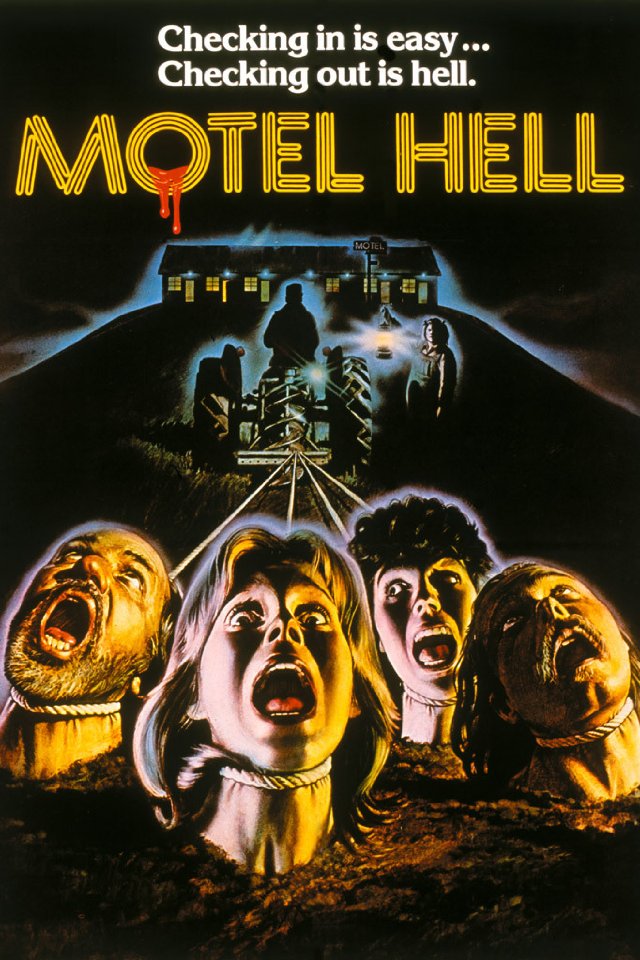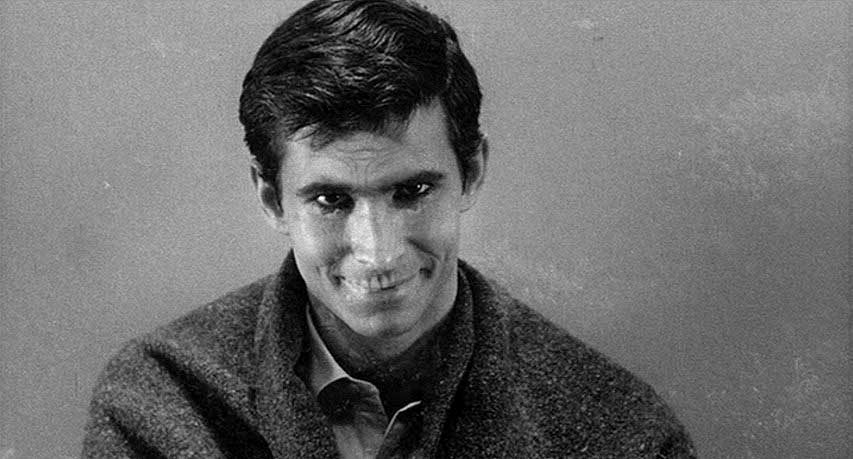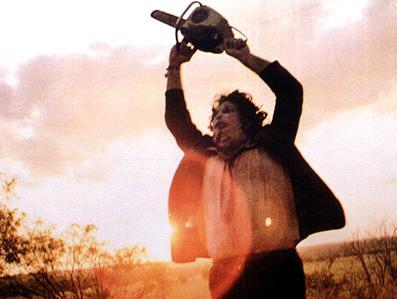By Brandon Engel
Before becoming an infamous killer, Ed Gein was just an awkward youngster living on a rural farm in Plainfield, Wisconsin. While Gein “only” admitted to murdering two victims, his grave robbing and use of the corpses as human body-suits has inspired generations of famous books and movies. These works include Psycho (1960), Texas Chainsaw Massacre (1974), The Silence of the Lambs (1991) and lesser known films such as Deranged (1974) and Motel Hell (1980).
Gein was raised by his abusive mother, Augusta, who taught him that women were devil-serving temptresses. By 1945 the two were the only inhabitants of their farm when his father George suffered a crippling stroke. Though Gein dedicated himself to caring for her, Augusta died shortly after. Heart-broken and alone, Gein boarded up her rooms and survived by completing odd jobs. He lived quietly until police investigated his property in 1957, after the disappearance of local hardware store owner Bernice Worden. Police found far more than they bargained for, including furnishings fashioned of human skin, boxes of body parts, a wearable female costume made of skin and a human heart in a saucepan, ready to be cooked. While some remains were those of his own murder victims, most belonged to corpses Gein had dug up based on their resemblance to his mother.
Without downplaying the horrific nature of the crimes, fans of classic slasher films can almost envision this scene in detail. Gein’s evil had an enormous impact on the horror genre and popular culture. Among the most notable of projects inspired by Gein was the Robert Bloch novel, Psycho, which was adapted by Alfred Hitchcock and made into the iconic film of the same name. The tale of a deranged and lonely man who murders female hotel guests while speaking to the deceased corpse of his long dead mother borrows heavily from Gein’s story.
Psycho captured the imagination of still more filmmakers, leading to the much more graphic The Texas Chainsaw Massacre. Where Psycho is applauded for relative subtlety of violence, Chainsaw depicts a victim’s first-hand account. Viewers are shown a terrifying family, residing in “the sticks,” that passes their time by luring, torturing and brutally murdering area tourists before fashioning body parts into furniture and accessories. The Texas Chainsaw Massacre was the first film in the genre known as “hixploitation” which is a category of films that examines stereotypes of rural white characters, usually with a horrific twist.
Also in 1974 came the film Deranged which changed Gein’s name though the story is largely the same. It became clear that the isolated farmer turned serial murderer motif had captured the imaginations of filmmakers. The movie Motel Hell (1980) explored it with a darkly humorous twist. Both films are old-school hixploitation films that borrow pieces of plot from the real Gein story. Motel Hell tells the story of Farmer Vincent, a backwoods hotel owner who also makes jerky out of his guests, and sells it to other people in the community. Deranged (1974) is a more direct telling of Gein’s story, also notable for featuring makeup effects from a young Tom Savini. Both Hell and Deranged are still remarkably popular among horror enthusiasts, having performed well on the home viewing market and made a recent comeback thanks to digital streaming and the El Rey network launched by Robert Rodriguez to cater to fans of hard to find horror and grindhouse.

While many more hixploitation films exist, including The Hills Have Eyes (1977) and Children of the Corn (1984), another legendary tale was born in the form of Thomas Harris’s book and subsequent film adaptation, The Silence of the Lambs. In the story, FBI Agent Clarice Starling forges a distrusting partnership with prolific serial killer Hannibal Lector in order to catch the woman murdering, skin-wearing Buffalo Bill. The existence of this film further solidified Gein’s influence over the entire genre.
While Ed Gein was trying to transform himself into his beloved mother by wearing the skins of his victims, he never imagined the cultural influence his crimes would have. It is clear that storytellers remain inspired by this tragedy.


